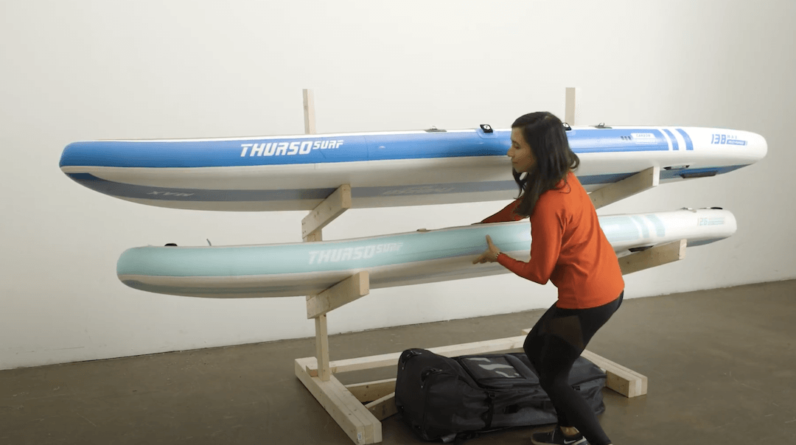
If you want to ensure the longevity of your stand-up paddleboard pump and keep it in great working condition, it’s important to know how to properly care for and store it. Taking the time to give it some extra attention and follow a few simple tips can make a big difference in how well your pump performs and how long it lasts. In this article, we will share some helpful tips to guide you in caring for and storing your stand-up paddleboard pump, so you can enjoy smooth and effortless pumping for years to come.
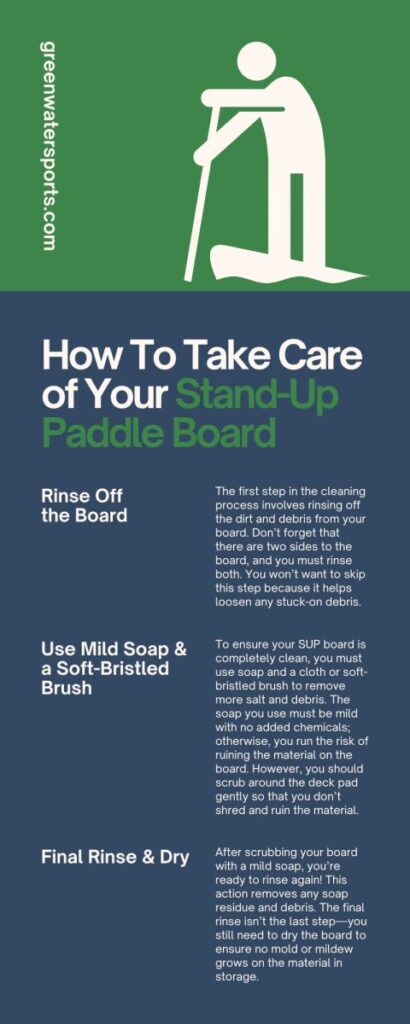
This image is property of greenwatersports.com.
Cleaning and Maintenance
Rinsing After Use
After using your stand-up paddleboard pump, it’s essential to rinse it thoroughly to remove any saltwater, sand, or debris. Start by disconnecting the hose from the pump and flushing it with clean water. Then, rinse the chamber and pump handle to ensure there is no residue left behind.
Removing Sand and Debris
Sand and debris can easily find their way into the pump, potentially causing damage if not removed promptly. To remove sand and debris, shake the pump upside down and tap it gently on a clean surface. You can also use a soft brush or cloth to wipe away any stubborn particles.
Drying Thoroughly
Before storing your paddleboard pump, it’s crucial to ensure that it is thoroughly dry. Moisture left inside the pump can lead to corrosion and damage over time. After rinsing and removing any sand or debris, allow the pump to air dry completely before packing it away.
Disassembling and Packing
Removing the Hose
To disassemble your paddleboard pump for storage, start by removing the hose. Carefully detach it from both the pump and the paddleboard valve. Gently release any remaining air pressure by pressing down on the valve stem, then unscrew the hose.
Emptying the Chamber
Once the hose is removed, you’ll want to empty any remaining air from the chamber. Simply press the pump handle down repeatedly until all the air is expelled. This step ensures that no air is trapped inside during storage.
Detaching Pump Handle
Next, detach the pump handle from the pump body. This can usually be done by unscrewing or unlocking the handle mechanism. Once removed, set the handle aside for packing separately.
Securing Parts
To prevent any loss or damage to your paddleboard pump components, it’s important to secure them properly. Place the hose, detached pump handle, and any other small accessories in a small bag or container and keep them together. This way, when you’re ready to use the pump again, everything will be easily accessible.
Proper Storage
Choosing the Right Location
When it comes to storing your stand-up paddleboard pump, choosing the right location is key. Look for a cool, dry area where the pump won’t be exposed to extreme temperatures or direct sunlight. Ideally, find a spot that is away from any potential water sources to minimize the risk of moisture and humidity damage.
Protecting from Extreme Temperatures
Extreme temperatures can have a detrimental effect on the performance and lifespan of your paddleboard pump. Avoid storing it in places that are too hot or too cold, such as a car trunk during the summer or a garage during the winter. Rapid temperature changes can lead to warping or cracking of the pump components.
Avoiding Direct Sunlight
Prolonged exposure to direct sunlight can cause fading and potential damage to your paddleboard pump. Therefore, it’s important to store it in an area that is shielded from the sun’s rays. Consider utilizing a storage bag or covering to provide an extra layer of protection against harmful UV rays.
Preventing Moisture and Humidity
Moisture and humidity are the enemies of any paddleboard pump. To prevent damage caused by these elements, make sure the storage location is dry and well-ventilated. Avoid storing the pump near water sources, such as sinks or pipes, as even minimal exposure to moisture can lead to corrosion and mold growth.
Organizing Tools and Accessories
To keep your paddleboard pump and its accessories organized, consider utilizing a storage system. This can be a designated container, bag, or even a shelf with compartments. By keeping everything in one place, you’ll minimize the risk of losing or misplacing important components, ensuring that your pump is always ready for use.
Protection and Transportation
Using a Protective Bag or Case
Investing in a quality protective bag or case for your stand-up paddleboard pump is highly recommended. It provides an extra layer of protection during transportation and storage, shielding the pump from potential impacts or scratches. Look for a bag or case specifically designed for paddleboard pumps to ensure a proper fit.
Avoiding Sharp Objects
When transporting your paddleboard pump, be mindful of avoiding sharp objects that could potentially puncture or damage it. Whether you’re packing it in a car trunk or carrying it by hand, ensure there are no sharp items that could come into contact with the pump. Additionally, keep it away from any sharp edges or surfaces to prevent accidental damage.
Properly Securing during Transport
To prevent your paddleboard pump from shifting or being damaged during transport, it’s important to secure it properly. If using a bag or case, make sure it is securely closed or fastened. If storing it in a vehicle, secure it against a stable surface to minimize movement. Taking these precautions will help ensure your pump arrives safely at its destination.
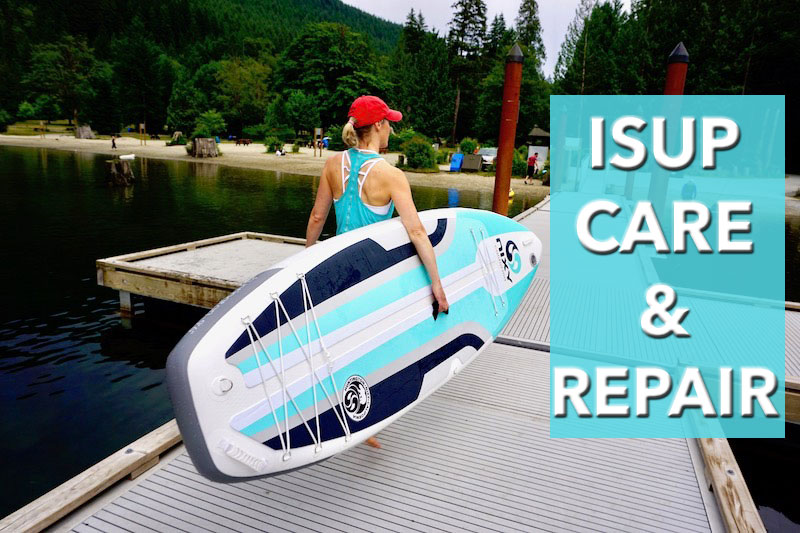
This image is property of isupworld.com.
Regular Inspection and Maintenance
Checking for Damage
Regularly inspecting your paddleboard pump for any signs of damage is crucial for maintaining its performance and prolonging its lifespan. Look for cracks, tears, or any visible wear and tear on the pump body, hose, and handle. If you notice any damage, address it promptly to prevent further deterioration.
Replacing Parts
Over time, certain components of your paddleboard pump may wear out or become damaged beyond repair. In these cases, it’s important to replace the affected parts to maintain the pump’s functionality and safety. Check with the manufacturer or authorized retailers for replacement parts or consult a professional technician for assistance.
Lubricating the Pump
Proper lubrication is essential for ensuring smooth operation and longevity of your paddleboard pump. Consult the manufacturer’s guidelines for the recommended type and frequency of lubrication. Be cautious not to over-lubricate, as excess lubricant can attract dirt and debris, potentially causing damage. Regular lubrication will help keep your pump functioning optimally.
Avoiding Common Pitfalls
Overinflating or Underinflating
One common mistake when using a paddleboard pump is overinflating or underinflating the board. Follow the manufacturer’s recommended PSI (pounds per square inch) guidelines for your specific paddleboard. Overinflation can lead to board damage or even personal injury, while underinflation may compromise stability and performance.
Using Incorrect Accessories
Using incorrect accessories, such as an inappropriate valve adapter, can lead to pump damage or ineffective inflation. Always use the recommended accessories provided by the manufacturer for your specific paddleboard. If in doubt, consult the manufacturer or authorized retailers for guidance on suitable accessories.
Neglecting Proper Care and Maintenance
Neglecting regular care and maintenance of your paddleboard pump can significantly impact its performance and lifespan. Failing to rinse off saltwater, sand, or debris after use can lead to corrosion and clogging. Skipping routine inspections may result in unnoticed damage that could worsen over time. Always prioritize proper care and maintenance to maximize the longevity of your pump.
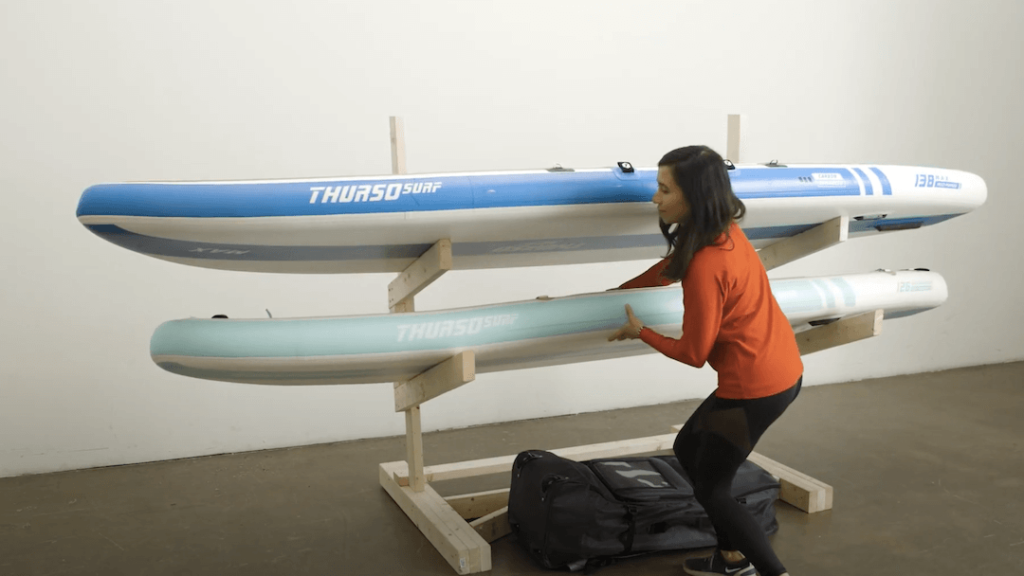
This image is property of cdn.thursosurf.com.
Tips for Prolonging Pump Lifespan
Using Proper Technique
Using proper pumping technique can help prolong the lifespan of your paddleboard pump. Start with slow, steady strokes, gradually increasing the speed as the board inflates. Avoid quick and forceful pumping, as it can strain the pump and potentially cause damage.
Applying Steady Pressure
Apply steady and even pressure when using a paddleboard pump. Avoid putting excessive force on the pump handle, as it may lead to handle or chamber damage. Applying steady pressure allows the pump to operate efficiently and reduces the risk of strain.
Avoiding Excessive Force
While it may be tempting to use excessive force to inflate your paddleboard quickly, this can put unnecessary strain on the pump and its components. Instead, be patient and allow the pump to do its job at a steady pace. This approach will help prevent damage and ensure a longer lifespan for your pump.
Regularly Cleaning and Lubricating
Regular cleaning and lubrication are vital for maintaining the performance and extending the lifespan of your paddleboard pump. Clean the pump thoroughly after every use to remove any saltwater, sand, or debris. Follow the manufacturer’s guidelines for lubrication frequency and use the recommended lubricant to keep the pump operating smoothly.
Seeking Professional Help
When encountering technical issues
If you encounter any technical issues with your paddleboard pump that you are unable to resolve on your own, it’s advisable to seek professional help. Contact the manufacturer or authorized service centers for assistance. Attempting to fix complex issues without proper knowledge or expertise may result in further damage.
For major repairs or replacements
In cases where major repairs or part replacements are necessary, it’s best to rely on professional assistance. Authorized technicians have the expertise and specialized tools to handle such repairs safely and effectively. They can also ensure that the replacement parts used are appropriate for your paddleboard pump model.
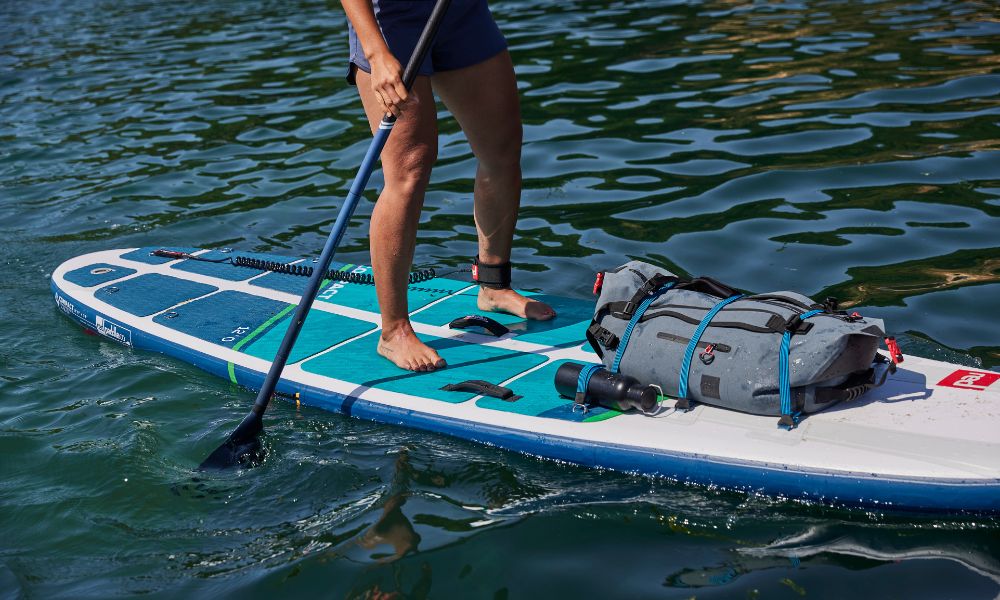
This image is property of greenwatersports.com.
Safety Precautions
Following Manufacturer Guidelines
Always follow the manufacturer’s guidelines and instructions when using and caring for your paddleboard pump. They provide important safety information specific to your pump model and help avoid potential hazards or damage.
Checking for Leaks
Before using your paddleboard pump, check for any leaks in the hose, valve, or pump body. Leaks can adversely affect the pump’s performance and inflate time. Ensure all connections are secure and there are no visible signs of air escaping.
Avoiding Overexertion
While it’s essential to ensure proper inflation of your paddleboard, avoid overexerting yourself during the process. If you start to feel fatigued or out of breath, take a break. Overexertion can lead to accidents or injuries, and it’s essential to prioritize your safety.
Being Mindful of Inflation Speed
Inflating your paddleboard too quickly can cause damage to both the board and the pump. Be mindful of the recommended inflation speed and ensure that you don’t exceed it. A controlled and steady inflation process is not only safer but also helps prolong the life of your pump.
Choosing the Right Pump
Considerations for SUP Pump
When choosing a stand-up paddleboard (SUP) pump, consider the specific requirements of your board. SUP pumps come in various pressure ranges, and it’s crucial to select one that matches your board’s recommended PSI range. Additionally, factor in the pump’s ease of use, durability, and portability to ensure a suitable choice.
Different Pump Types
There are primarily two types of SUP pumps: manual pumps and electric pumps. Manual pumps require physical effort to inflate the board, while electric pumps automate the process. Consider your personal preferences, budget, and the availability of power sources when deciding between manual and electric pumps.
Matching Pump to Board
Ensure that the pump you choose is compatible with your specific paddleboard. Different paddleboards may require different valve types, such as a Halkey-Roberts or a Leafield valve. Check the manufacturer’s specifications for your board to ensure that the pump you select has the necessary valve adapter or compatibility.
Caring for and storing your stand-up paddleboard pump properly is crucial for maintaining its performance and longevity. By following the tips and guidelines outlined in this article, you can ensure that your pump remains in excellent condition and ready for your next paddleboarding adventure. Remember to always prioritize safety, regular maintenance, and proper storage to maximize the lifespan of your paddleboard pump.
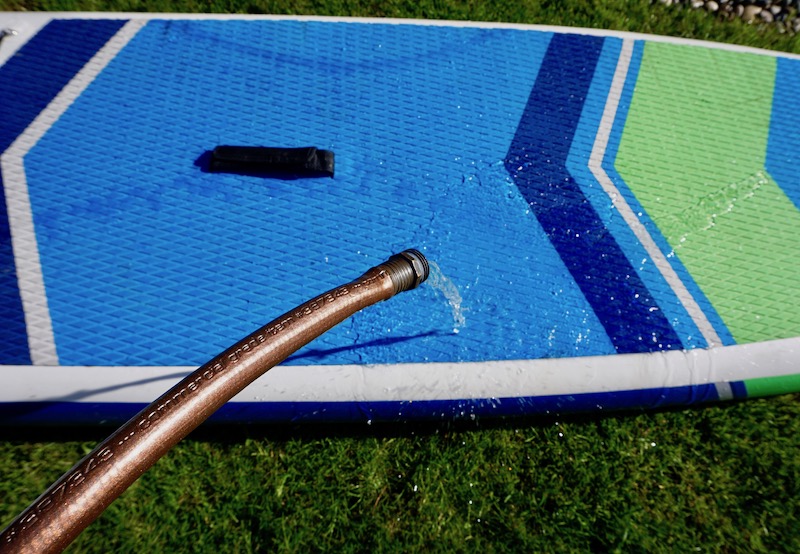
This image is property of isupworld.com.





